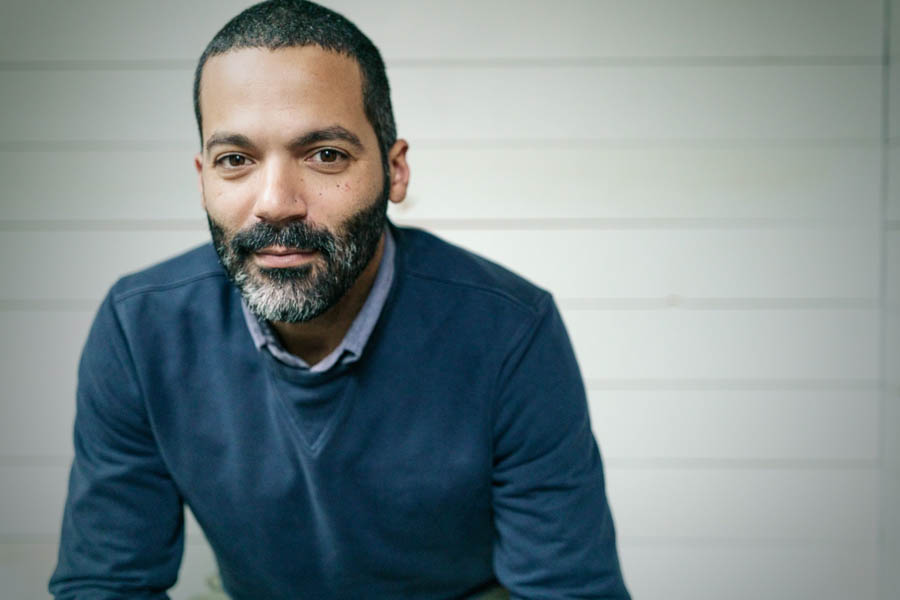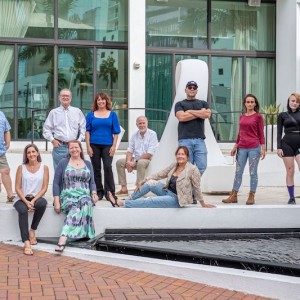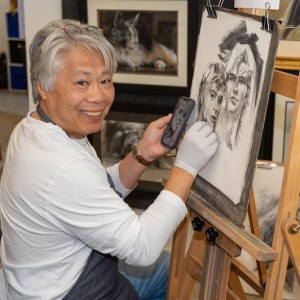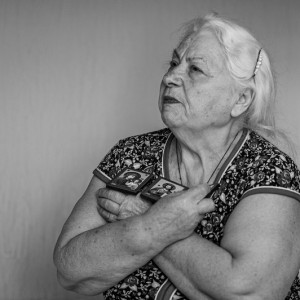BEFORE HE STARTED WORKING ON THE FILM about legendary screen icon Mary Tyler Moore, director James Adolphus had never seen a single episode of either of her most famous sitcoms, The Dick Van Dyke Show or The Mary Tyler Moore Show. And, he somehow managed to get through film school without seeing Ordinary People, the 1980 film in which Moore was nominated for an Academy Award. So how did Adolphus come to be chosen as director for the film without any prior knowledge or experience in working with celebrity documentaries?
“It had been a few years after Mary passed away, and a number of folks had been trying to gather the keys from Dr. Robert Levine, her widowed husband, to tell Mary’s story, but he had been waiting for a group of filmmakers he thought would ensure that Mary’s legacy remained relevant,” shares Adolphus. “One day, Levine was in bed on a Sunday morning, and he was reading Vanity Fair. On the cover is writer, Lena Waithe, and in the article about her, she mentioned that Mary was one of her biggest heroes and that if she ever makes it in the world, she wants to make a film about Mary Tyler Moore. Robert’s head exploded. For him, he found it remarkable that a young, unapologetically Black and queer woman from the South Side of Chicago was obsessed with Mary, so much so that she has tattooed Mary Tyler Moore on her body.”
Waithe and Adolphus had worked well together in the past so she immediately reached out to him to direct the project. “I was very flattered and terrified at the same time,” says Adolphus. “Handing the keys to a man, and being a Black man, but a man in the era of Me Too seemed an odd choice, but that’s how I started the journey.”
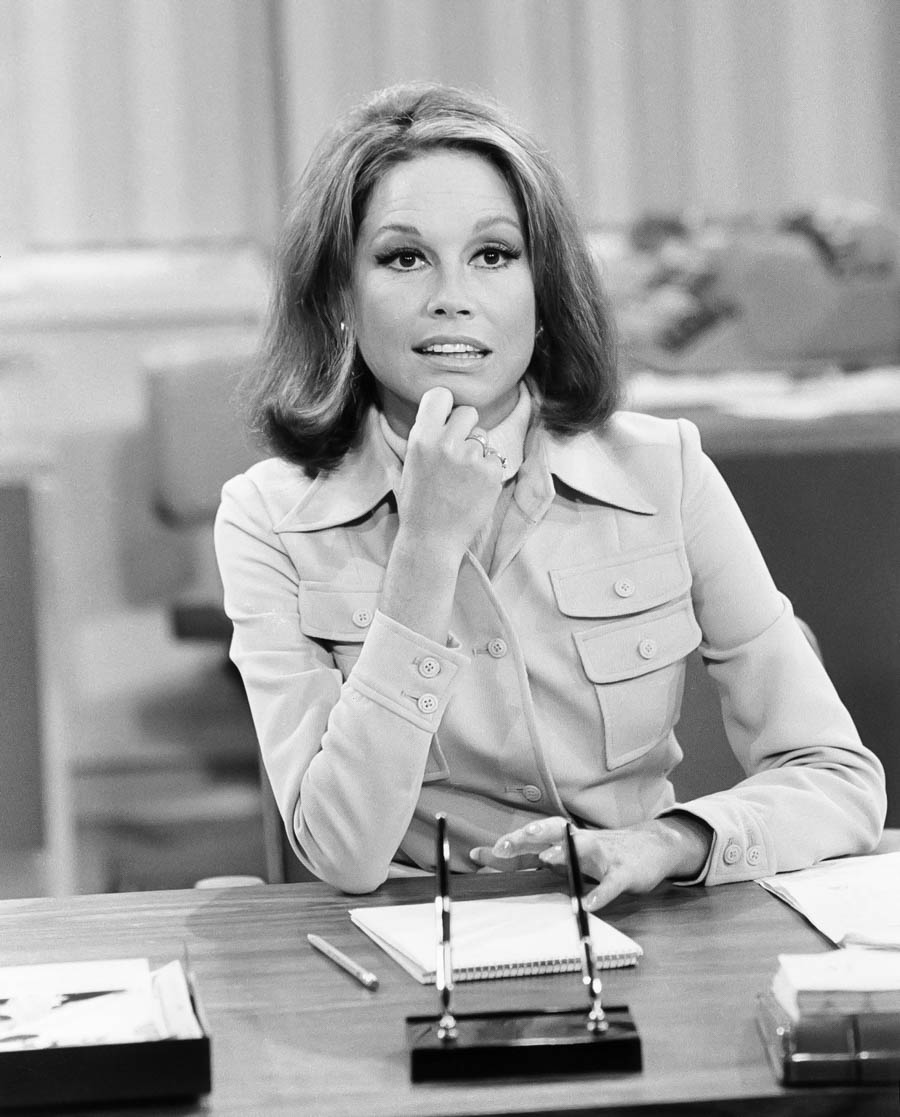
Adolphus began with Moore’s autobiography and immediately felt a kinship, wanting to protect the actress and her story. This was three and a half years ago, at the start of the pandemic which made the next year very difficult for the film team. “It was really painful because we were set to go out and start capturing interviews in March of 2020 but for the next 15 or 16 months, we had to watch a number of people we wanted to interview pass away: Carl Reiner, Cloris Leachman, Ed Asner…we lost a whole bunch of folks. And all of our subjects, 90% of them were senior citizens, so the added weight of infecting someone in the era of COVID made it impossible,” he shares.
After reading her book, Adolphus then spent his evenings binge-watching The Dick Van Dyke Show and The Mary Tyler Moore Show on Hulu. “For me, I feel like it’s like a treat,” he says. “Everything was shot on film. Everything’s been scanned, and it’s all in 4K. No one could watch it that beautiful then, but now it’s pristine and sharp, and Mary’s brilliant.” As for the documentary, the team tried to touch on nearly every aspect of the star’s life. The first half of the almost two-hour film focuses on the first two acts of Moore’s life, including her work on The Dick Van Dyke Show and The Mary Tyler Moore Show. Later, the focus is on her Broadway experience and her extraordinary performance in Ordinary People.
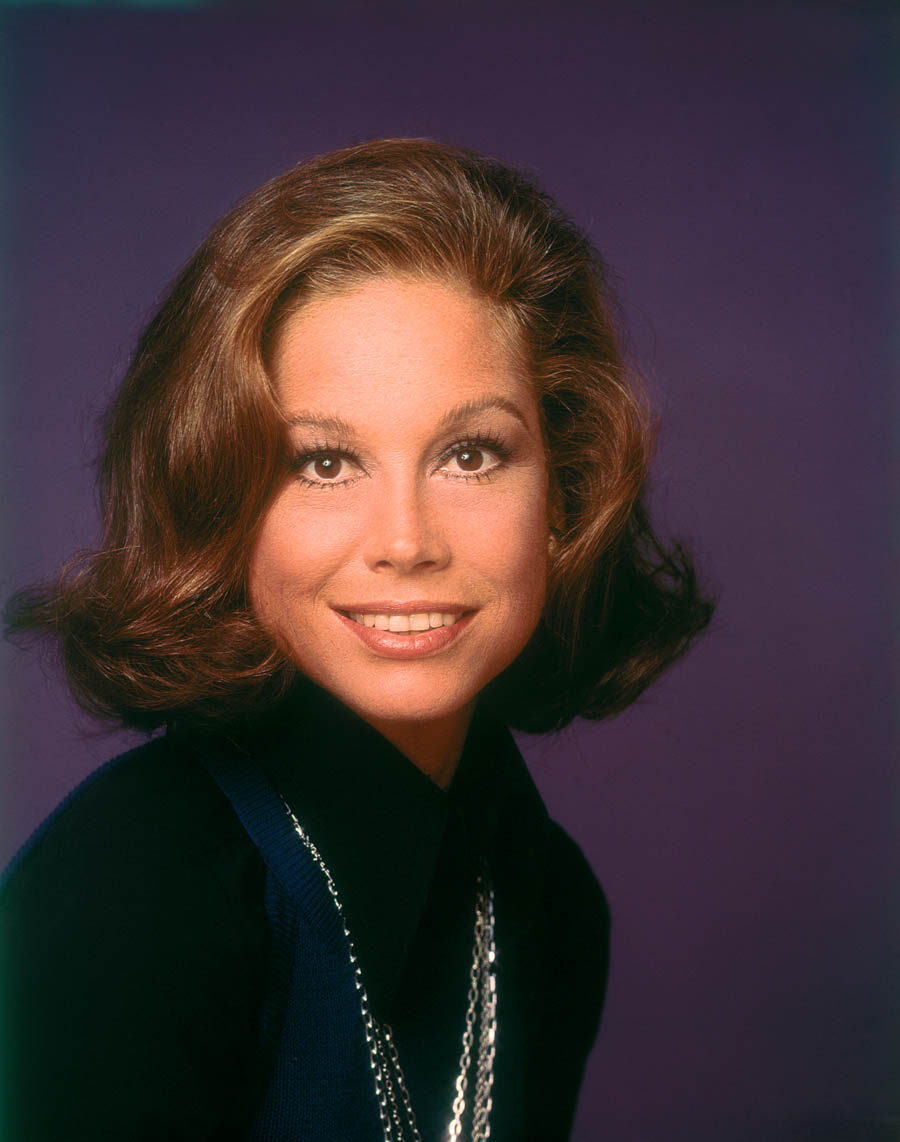
“The woman depicted on The Mary Tyler Moore Show didn’t really emerge in real life for Mary until her 40s, a number of years after the sitcom had ended,” says Adolphus. “A lot of folks look at Mary and think that’s the woman she portrayed on The Mary Tyler Moore Show, but in real life, Mary relied heavily on the men in her life. She was married when she was 18 to get out of the house. She remarried shortly thereafter, to Grant Tinker, and spent 18 years with him. Although they shared a great love for each other, it was a professional partnership.”
It wasn’t until the third act of her life, meeting Dr. Robert Levine, that Mary finally found true love. “She was finally at this place in her life where she realized she would never need to depend on a man for anything. In love, she was able to beat alcoholism. In love, she was able to become a massive advocate for juvenile diabetes research, helping to raise $2 billion,” says Adolphus.
Throughout the film, we hear from famous women inspired by Moore, including Katie Couric, Oprah Winfrey and Tina Fey. “It’s spoken about in the film that there was a rule at CBS, an unspoken rule where you couldn’t have divorced people, folks with a mustache, or Jews on television,” says Adolphus. “It was a different era, but Mary’s work still stands the test of time. It’s actually really nice when young folk see the film, and come out and are like, ‘Oh my God, I didn’t realize she paved the way.’”





